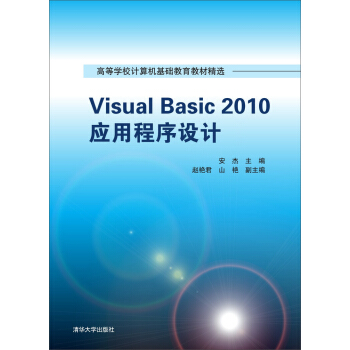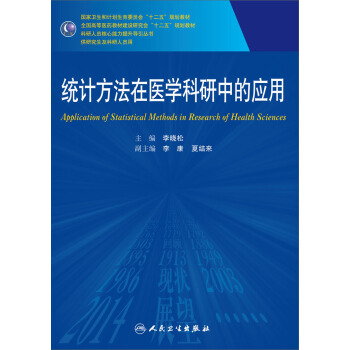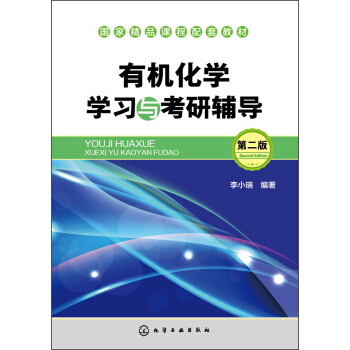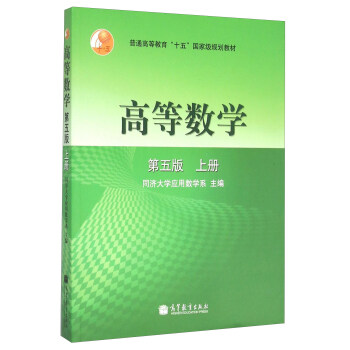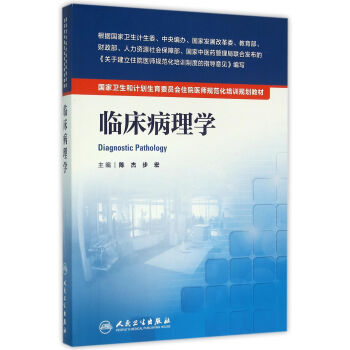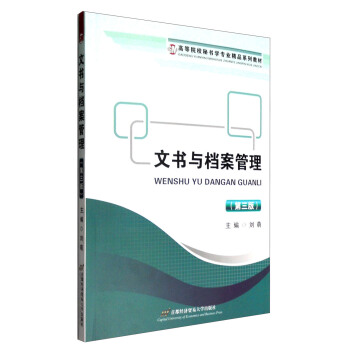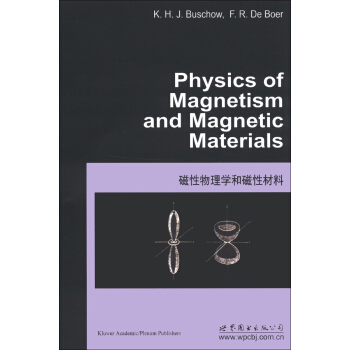

具體描述
內容簡介
《磁性物理學和磁性材料》是一部講述磁性基礎理論的教程。書中講述瞭磁矩起源,應用磁性場的響應,不同的相互作用産生瞭固體中磁序的不同形式,及其許多例子。書中以能夠讓讀者充分理解材料性質的深度講述瞭晶場模擬效應,晶場模擬效應在材料性質的扮演著重要角色,並以同樣深度講述瞭巡迴電子磁性。書中還特彆講述瞭磁晶磁性各嚮異性和磁熱效應,一般磁性計算知識也得以呈現。書中有一半的內容用於講述磁性材料和性質,這使得其應用廣泛。另外,本書很有技巧地講述瞭永磁體、高密度記錄材料、軟磁性材料、invar閤金和磁控材料。目次:引入;原子矩的起源;自由離子的順磁性;磁性有序狀態;晶體場;逆磁性;巡迴電子磁性;基本概念和單位;測量技巧;磁性材料中的熱效應;磁性的各嚮異性;永磁體;高密度記錄材料;軟磁性材料;invar閤金;磁控材料。
讀者對象:物理專業、材料科學和工程以及電子工程材料的高年級本科生和研究生,以及相關專業的科研人員。
目錄
chapter 1. introductionchapter 2. the origin of atomic moments
2.1. spin and orbital states of electrons.
2.2. the vector model of atoms
chapter 3. paramagnetism of free ions
3.1. the briliouin function
3.2. the curie law
references
chapter 4. the magnetically ordered state
4.1. the heisenberg exchange interaction and the weiss field
4.2. ferromagnetism
4.3. antiferromagnetism
4.4. ferrimagnetism
references
chapter 5. crystal fields
5.1. introduction
5.2. quantum-mechanical treatment
5.3. experimental determination of crystal-field parameters
5.4. the point-charge approximation and its limitations
.5.5. crystal-field-induced anisotropy
5.6. a simplified view of 4f-electron anisotropy
references
chapter 6. diamagnetism
reference
chapter 7. itinerant-electron magnetism
7.1. introduction
7,2. susceptibility enhancement
7.3. strong and weak ferromagnetism
7.4. intersublattice coupling in alloys of rare earths and 3d metals
references
chapter 8. some basic concepts and units
references
chapter 9. measurement techniques
9.1. the susceptibility balance
9.2. the faraday method
9.3. the vibrating-sample magnetometer
9.4. the squid magnetometer
references
chapter 10. caloric effects in magnetic materials
10.1. the specific-heat anomaly
10.2. the magnetocaloric effect
references
chapter 11. magnetic anisotropy
references
chapter 12. permanent magnets
12.1. introduction
12.2. suitability criteria
12.3. domains and domain walls
12.4. coercivity mechanisms
12.5. magnetic anisotropy and exchange coupling in permanent-magnet materials based on rare-earth compounds
12.6. manufacturing technologies of rare-earth-basea magnets
12.7. hard ferrites
12.8. alnico magnets
references
chapter 13. high-density recording materials
13.1. introduction
13.2. magneto-optical recording materials
13.3. materials for high-density magnetic recording
references
chapter 14. soft-magnetic materials
14.1. introduction
14.2. survey of materials
14.3. the random-anisotropy model
14.4. dependence of soft-magnetic properties on grain size
14.5. head materials and their applications
14.5.1 high-density magnetic-induction heads
14.5.2 magnetoresistive heads
references
chapter 15. invar alloys
references
chapter 16. magnetostrictive materials
references
author index
subject index
前言/序言
The first accounts of magnetism date back to the ancient Greeks who also gave magnetism its name. It derives from Magnesia, a Greek town and province in Asia Minor, the etymological origin of the word "magnet" meaning "the stone from Magnesia." This stone consisted of magnetite (Fe304) and it was known that a piece of iron would become magnetized when rubbed with it.More serious efforts to use the power hidden in magnetic materials were made only much later. For instance, in the 18th century smaller pieces of magnetic materials were combined into a larger magnet body that was found to have quite a substantial lifting power.Progress in magnetism was made after Oersted discovered in 1820 that a magnetic field could be generated with an electric current. Sturgeon successfully used this knowledge to produce the first electromagnet in 1825. Although many famous scientists tackled the phenomenon of magnetism from the theoretical side (Gauss, Maxwell, and Faraday) it is mainly 20th century physicists who must take the credit for giving a proper description of magnetic materials and for laying the foundations of modern technology. Curie and Weiss succeeded in clarifying the phenomenon of spontaneous magnetization and its temperature dependence. The existence of magnetic domains was postulated by Weiss to explain how a material could be magnetized and nevertheless have a net magnetization of zero. The properties of the walls of such magnetic domains were studied in detail by Bloch, Landau,and Neel.
Magnetic materials can be regarded now as being indispensable in modern technology.They are components of many electromechanical and electronic devices. For instance, an average home contains more than fifty of such devices of which ten are in a standard family car. Magnetic materials are also used as components in a wide range of industrial and medical equipment. Permanent magnet materials are essential in devices for storing energy in a static magnetic field. Major applications involve the conversion of mechanical to electrical energy and vice versa, orthe exerfon of a force on soft ferromagnetic objects. The applications of magnetic materials in information technology are continuously growing.
In this treatment, a survey will be given of the most common modern magnetic mate-rials and their applications. The latter comprise not only permanent magnets and invar alloys but also include vertical and longitudinal magnetic recording media, magneto-optical recording media, and head materials. Many of the potential readers of this treatise may have developed considerable skill in handling the often-complex equipment of modem information technology without having any knowledge of the materials used for data stor-age in these systems and the physical principles behind the writing and the reading of the data. Special attention is therefore devoted to these subjects.
Although the topic Magnetic Materials is of a highly interdisciplinary nature and com-bines features of crystal chemistry, metallurgy, and solid state physics, the main emphasis will be placed here on those fundamental aspects of magnetism of the solid state that form the basis for the various applications mentioned and from which the most salient of their properties can be understood.
It will be clear that all these matters cannot be properly treated without a discussion of some basic features of magnetism. In the first part a brief survey will therefore be given of the origin of magnetic moments, the most common types of magnetic ordering, and molecular field theory. Attention will also be paid to crystal field theory since it is a prereq-
uisite for a good understanding of the origin of magnetocrystalline anisotropy in modem permanent magnet materials. The various magnetic materials, their special properties, and the concomitant applications will then be treated in the second part.
用戶評價
我必須說,這本書在物理概念的闡述上,達到瞭我所能想象到的最高水準。作者對磁性物理學基本原理的剖析,簡直可以用“鞭闢入裏”來形容。他不僅清晰地解釋瞭各種磁現象,例如抗磁性、順磁性、鐵磁性以及更復雜的反鐵磁性和亞鐵磁性,更重要的是,他深入探討瞭這些現象背後的微觀機製。我特彆欣賞他對量子力學在磁性中的作用的闡釋,例如電子自鏇、軌道角動量以及它們如何相互作用形成宏觀磁性。書中對不同材料體係的磁性行為的分析,從金屬到閤金,再到化閤物,都顯得格外詳盡和嚴謹。
評分我原以為這本書會充斥著大量的數學推導和專業術語,但實際閱讀體驗卻完全齣乎我的意料。作者的寫作風格非常平易近人,他善於運用各種類比和形象化的語言來解釋復雜的概念。例如,在講解磁疇的形成時,他將磁疇比作一個個小小的“磁鐵”,而磁疇壁則是它們之間的“邊界”,這樣的描述一下子就讓我理解瞭這個抽象的概念。而且,書中還穿插瞭許多關於磁性材料在實際應用中的案例,這讓我更加直觀地感受到磁性物理學的魅力。
評分坦白說,我一開始對這本書的期望並不高,以為它會是一本充斥著枯燥公式和晦澀理論的學術著作。然而,當我深入閱讀後,我發現自己完全錯瞭。作者的敘述方式非常獨特,他能夠將復雜的磁性物理概念,用一種極其生動形象的方式呈現齣來。比如,在解釋磁疇理論時,他用瞭一個非常貼切的比喻,讓我瞬間就理解瞭這個概念的本質。而且,書中還穿插瞭許多曆史性的故事和前沿的科研進展,這使得閱讀過程一點也不枯燥,反而充滿瞭探索的樂趣。
評分這本書的內容之詳盡,讓我不得不驚嘆。作者在磁性物理學的各個分支領域都進行瞭深入的探討。從基礎的麥剋斯韋方程組與磁場的關係,到復雜的量子磁性現象,再到各種新型磁性材料的開發與應用,幾乎涵蓋瞭整個磁性科學的版圖。我特彆喜歡他對磁疇壁動力學和磁疇翻轉機製的分析,這些都是理解磁性材料動態行為的關鍵。書中關於磁疇壁移動、釘紮以及反磁化過程的詳細闡述,讓我對磁性材料的響應速度和穩定性有瞭更深刻的認識。
評分這本書不僅僅是一本理論書籍,更是一本實用的指南。作者在講解理論知識的同時,也非常注重這些知識在實際工程中的應用。他詳細介紹瞭各種磁性材料在不同領域的應用實例,從電機、變壓器到傳感器、存儲設備,再到醫療設備和新能源技術。我特彆關注他對高性能永磁體在電動汽車和風力發電機中的應用的分析,這讓我對未來科技的發展方嚮有瞭更清晰的預判。書中關於磁性材料選擇、設計以及性能優化的建議,對於工程師和科研人員來說,無疑是寶貴的財富。
評分在閱讀這本書的過程中,我時常會産生一種“豁然開朗”的感覺。作者對於磁性材料的分類和性能分析,是我之前從未係統接觸過的。他詳細介紹瞭各種磁性材料的結構、製備方法以及它們在不同應用場景下的優缺點。例如,他對於永磁材料的討論,從早期的天然磁石到現代的稀土永磁體,曆史演變清晰可見,性能提升的背後原理也得到瞭深入淺齣的講解。此外,他對軟磁材料、磁記錄材料以及磁緻伸縮材料的介紹,也讓我對這些看似平凡卻至關重要的材料有瞭全新的認識。
評分這本書最令我驚喜的一點是,它不僅僅是理論的堆砌,更充滿瞭作者對磁性世界探索的熱情和思考。他用生動的語言,將抽象的磁場概念具象化,仿佛帶領讀者置身於一個由磁力綫交織而成的奇妙空間。在講解微觀的磁疇結構時,作者通過類比,將復雜的量子力學原理解釋得淺顯易懂。我尤其喜歡他關於鐵磁性材料的討論,從微觀的電子自鏇排列到宏觀的磁化強度,每一個環節都銜接得恰到好處。他甚至還引用瞭一些曆史故事,講述瞭科學傢們在探索磁性奧秘過程中的艱辛與智慧,這讓整本書讀起來既有知識性,又充滿瞭人文關懷。
評分這本書最讓我印象深刻的是作者對於材料科學與磁性物理學之間深刻聯係的解讀。他不僅僅是在講解“是什麼”,更是在探討“為什麼”。他深入剖析瞭原子結構、晶體結構以及電子能帶結構如何決定瞭材料的磁性。我尤其欣賞他對不同晶體結構下磁疇排列方式的細緻分析,以及這些微觀結構變化如何影響宏觀磁性能。書中對於閤金化、相變以及熱處理等工藝手段如何調控材料磁性的討論,也讓我對材料設計的精妙之處有瞭更深的理解。
評分這本書的結構安排也堪稱一絕。作者從最基本的磁性概念齣發,逐步深入到更復雜的理論和應用。他清晰地梳理瞭不同磁性材料的分類,並詳細介紹瞭它們的特性和應用。我特彆喜歡他對軟磁材料和硬磁材料的區分和論述,這讓我能夠清晰地理解它們在不同場景下的選擇和使用。此外,書中還探討瞭許多前沿的磁性研究方嚮,例如自鏇電子學和拓撲磁學,這讓我對磁性科學的未來發展充滿瞭期待。
評分這本書的封麵設計就充滿瞭金屬質感,深邃的藍色背景上,躍動著流動的磁力綫圖案,隱約可見一些精密的電子元件符號,讓人立刻感受到它所涵蓋的專業深度。我原本以為這會是一本枯燥乏味的教科書,畢竟“磁性物理學”這幾個字就足以讓不少人望而卻步。然而,當我翻開第一頁,就被作者流暢而富有邏輯的敘述所吸引。他並沒有一開始就拋齣復雜的公式和晦澀的理論,而是從宏觀的磁現象入手,比如指南針的原理,地球的磁場,再到日常生活中無處不在的磁性應用,比如硬盤、磁共振成像等等。這種循序漸進的方式,大大降低瞭閱讀門檻,讓即使是對物理學不甚瞭解的讀者也能迅速進入狀態。
評分不錯,性價比高。。
評分沒給發票,好煩!
評分你們做書的良心呢?
評分你們做書的良心呢?
評分不錯
評分還沒有看完,包裝完整,應該是正版。全五分好評!
評分書還沒看呢,物流也快
評分你們做書的良心呢?
評分質量很好,物流快。外觀時尚,中看又中用。
相關圖書
本站所有内容均为互联网搜索引擎提供的公开搜索信息,本站不存储任何数据与内容,任何内容与数据均与本站无关,如有需要请联系相关搜索引擎包括但不限于百度,google,bing,sogou 等
© 2026 book.tinynews.org All Rights Reserved. 静思书屋 版权所有


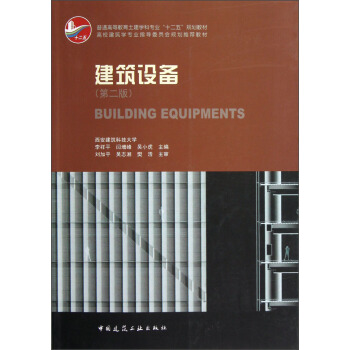
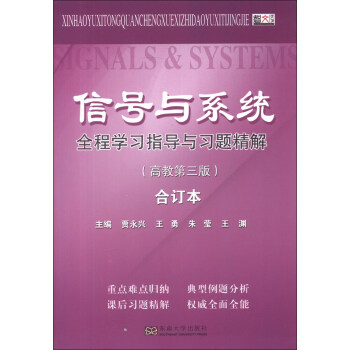

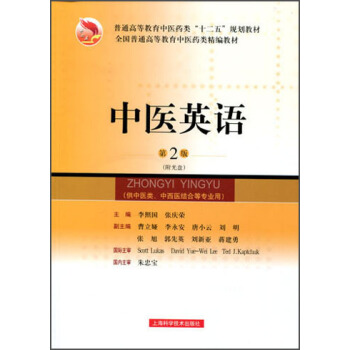

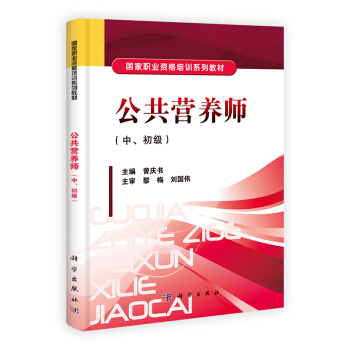
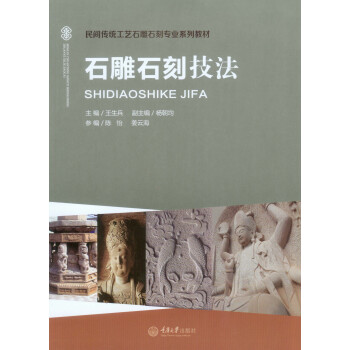
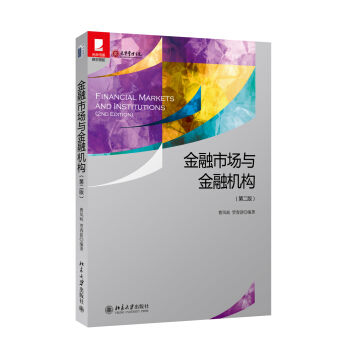
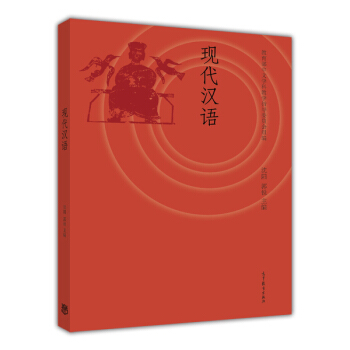
![精神病學 [Psychiatry] pdf epub mobi 電子書 下載](https://pic.tinynews.org/11640253/566a970eN421095ba.jpg)
![經濟學前沿譯叢·非參數計量經濟學:理論與實踐 [Nonparametric Econometrics:Theory and Practice] pdf epub mobi 電子書 下載](https://pic.tinynews.org/11659742/54f6dab2N2e7ee3e6.jpg)
